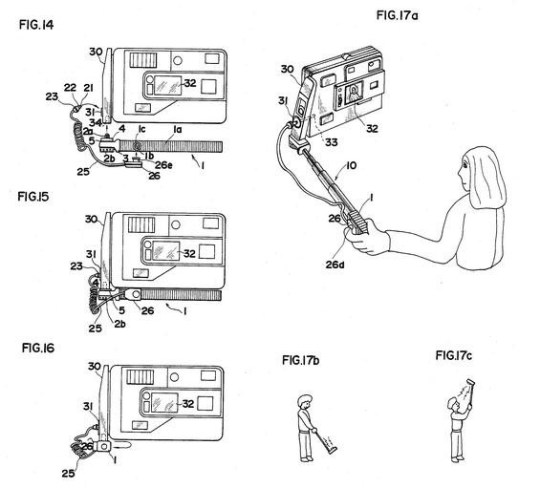The Selfie Stick and Example of Premature Innovation
I have just come back from a holiday in Venice. The city is beautiful and only slightly marred by the hundreds of people brandishing selfie sticks. This irritating innovation seems to have completely captured a moment in many people's lives.
So you'd have thought then that fellow who invented it must be planning his retirement living off the income from this?
Well if you did, you'd be wrong.
It turns out that the genesis of this simple little gadget is a sorry example of Premature Innovation a problem that affects all innovators at some point in their career.
Do you think you suffer from premature innovation? Let me tell you how to solve it.
The first form of a selfie stick was invented in 1980 by a chap called Hiroshi Ueda. Hiroshi was a keen inventor a kind of Wallace from Wallace and Gromitt.
His idea occurred to him when he worked at Minolta, a Japanese company that makes cameras. As a keen photographer Hiroshi would take pictures of his family and naturally want to appear in them.
He told the BBC:
"When I was in the Louvre Museum in Paris, I asked a child to take a photo of us, but when I stepped away, the child ran away with my camera"
When he returned home to Japan he came up with the idea of the "Extender stick". It was telescopic and also had a little mirror that attached to the camera so that the photographer could see the picture he was taking.

- The original patent for the Selfie Stick
Minolta thought that the idea was brilliant and set the idea into production.
It turned out to be a flop. Research showed that the women of the time were embarrassed at taking photos of themselves... how times have changed eh?
Minolta dropped the idea and did not renew the patent when it expired in 2003.
He said to the BBC:
"My idea came too early, but that's just one of those things".
You have to admire Hiroshi's pragmatism.
What may have helped Hiroshi and Minolta would have been to sanity check the innovation by using the Ten Types of Innovation.
The Ten Types of Innovation: The discipline of building breakthroughs by Larry Keeley describes ten different forms of innovation that they found after studying the subject for years.
Distilled down, it suggests that innovators should consider the following questions:
- What ways could the product make money ?
- Who could the business’s partnership to make products better?
- How you could you approach the way people or equipment are used within the business to make the product?
- How could changing the work practices introduce a new innovation because of the product?
- What features in a product’s functionality could be used that would be good for business?
- What additional products could be made that complement the existing idea?
- How would you make customers love their interactions with your product?
- How do you get the products to your customers in a new and innovative way?
- What ways can you make your product recognisable to your customers?
- How can you make a meaningful relationship between the product and the customer?
As a good salesman will tell you, when selling a proposition it’s so much easier to sell a solution that covers more than one base.
Often innovators will concentrate their efforts on the development of a product.
It certainly seems to be the case with Hiroshi's Extender stick. By not taking into account the quality of the resulting image; the difficulty of managing a heavy camera on the end of a stick; or the culture of taking photographs at the time. His idea was relegated to another Chindogu style "un-useless" invention. You can see my collection of Chindogu here.
When you are in the process of considering innovation, I’d advise that you make sure that your idea has solutions that consider all the areas innovation can touch… the Business Configuration, the Customer Experience and the Product Offering.
Maybe If he had stuck with it, today's selfie stick could have been the Minolta Extender...
But as Hiroshi says:
"I patented about 300 ideas, so that was just one of them. We call it a 3am invention - it arrived too early."
A premature innovation.
FURTHER INFORMATION
I hope you find this article interesting, check out my ebook, Innovation Muscle. Its a short sharp read as to how you and your team can innovate fresh powerful ideas. Using these processes you will be able to create ideas that punch above their weight.
Innovation Muscle
Techniques to Make your Innovations Punch Above their Weight
Anyone purchasing the book will receive not one, but TWO FREE mini e-books that are supplied directly as PDF files to your inbox. These can be distributed to you team when starting a new project or used simply to sanity check your existing processes.
Photo licensed from Stock photo © Dangubic



No comments:
Post a Comment